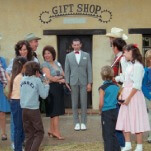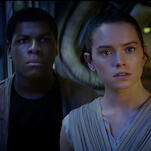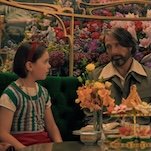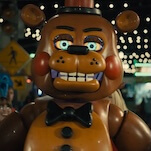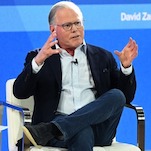Our option on Atlas Shrugged expires in two days: 6-plus copyright extensions disguised as movies
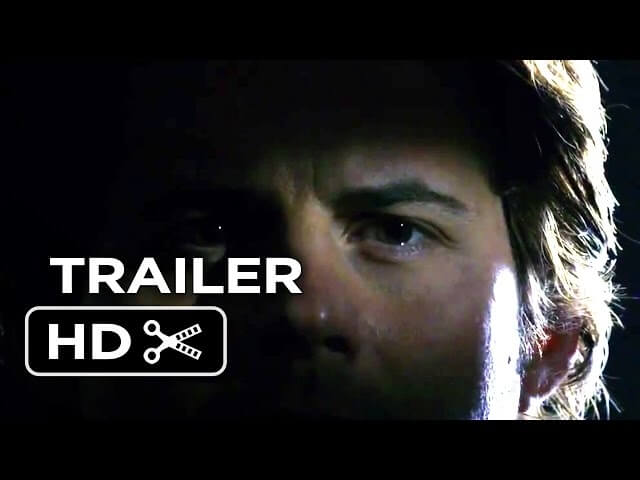
1-3. Atlas Shrugged, Part I (2011), Atlas Shrugged, Part II (2012), Atlas Shrugged, Part III: Who Is John Galt? (2014)
In the summer of 1992, John Aglialoro—a millionaire investor who specialized in EKG systems, dialysis machines, and treadmills—bought an 18-year option on his favorite novel, Atlas Shrugged. The terms of the contract gave Aglialoro full creative control and exclusive rights to a film adaptation, provided he start filming before the summer of 2010. Aglialoro, who’d never made a movie before, spent the 1990s and 2000s pitching different adaptations of Atlas Shrugged to TV channels and studios, none of which moved past the discussion stage. With a little over a month left on the option, Aglialoro and screenwriter Brian Patrick O’Toole decided to crank out a script for the first part of a three-film adaptation of the novel, the idea being that the success of this first, cheap movie would finance bigger-budgeted sequels. Filming started on June 13, 2010, two days before the option was set to expire, and nine days after the director—an unknown named Stephen Polk—had walked off the project.
By the time the movie, dubbed Atlas Shrugged, Part I, tanked at the box office, Aglialoro had invested $20 million and nearly two decades of his life into making a movie out of the Ayn Rand book. Hoping that home video sales would turn around the project’s commercial prospects, Aglialoro started work on Part II with a completely different (and cheaper) cast and crew. Even with its modest budget, the movie failed to break even—something of a feat, considering it opened in over 1,000 theaters. Twenty-two years after using his personal fortune to buy the rights to the novel, Aglialoro was forced to resort to Kickstarter to fund the completion of Atlas Shrugged Part III: Who Is John Galt? Shooting locations included a hotel lobby, a high school gymnasium, and the less scenic parts of a state park; licensed stock footage was used for establishing shots and to fill in gaps between scenes; and the director’s resume consisted of a single episode of the Don Johnson/Cheech Marin cop show Nash Bridges.
Aglialoro’s Atlas Shrugged project is intrinsically fascinating, because all three parts are essentially non-films; they aren’t creative or popular objects, but weights meant to hold down a contract. They are less movies than representations of movies—scale models of the big-budget trilogy Aglialoro was convinced he’d someday make, cast with stand-ins and filled with temp music and rough effects. They belong to a rare category of sub-commercial films: copyright extensions shaped like movies.
4. The Fantastic Four (1994)
So-called ashcan copies—comic books printed only to copyright a title or character name—were a staple of the early decades of the comics business; it seems appropriate, then, that the most notorious of all contract-extension movies was a comic book adaptation. In the mid-1980s, German producer Bernd Eichinger—then fresh off The Neverending Story—bought an option on The Fantastic Four from Marvel, with a deadline set for December 31, 1992. Development on the project moved slowly; meanwhile, studios had become interested in comics following the success of Tim Burton’s Batman, which meant that the rights to the characters were worth much more than Eichinger had paid for them. Rather than risk being outbid by another producer, Eichinger decided to spend $1 million on a low-budget Fantastic Four movie. He enlisted B-movie king Roger Corman to put the project together. Shooting started on December 28, 1992—three days before the option was set to expire.
The result, The Fantastic Four, has become a part of pop-culture lore—a cheesy, cheap spandex-and-rubber-mask flick made by a cast and crew who were convinced the movie would be their big break, unaware that it was never meant to be shown to paying audiences. Avi Arad, the executive who would go on to found Marvel Studios, even went so far as to pay Eichinger and Corman several million dollars in cash to destroy every print of the film. That hasn’t stopped the movie—the most naive of all contract-extension productions—from circulating in bootlegs.


























